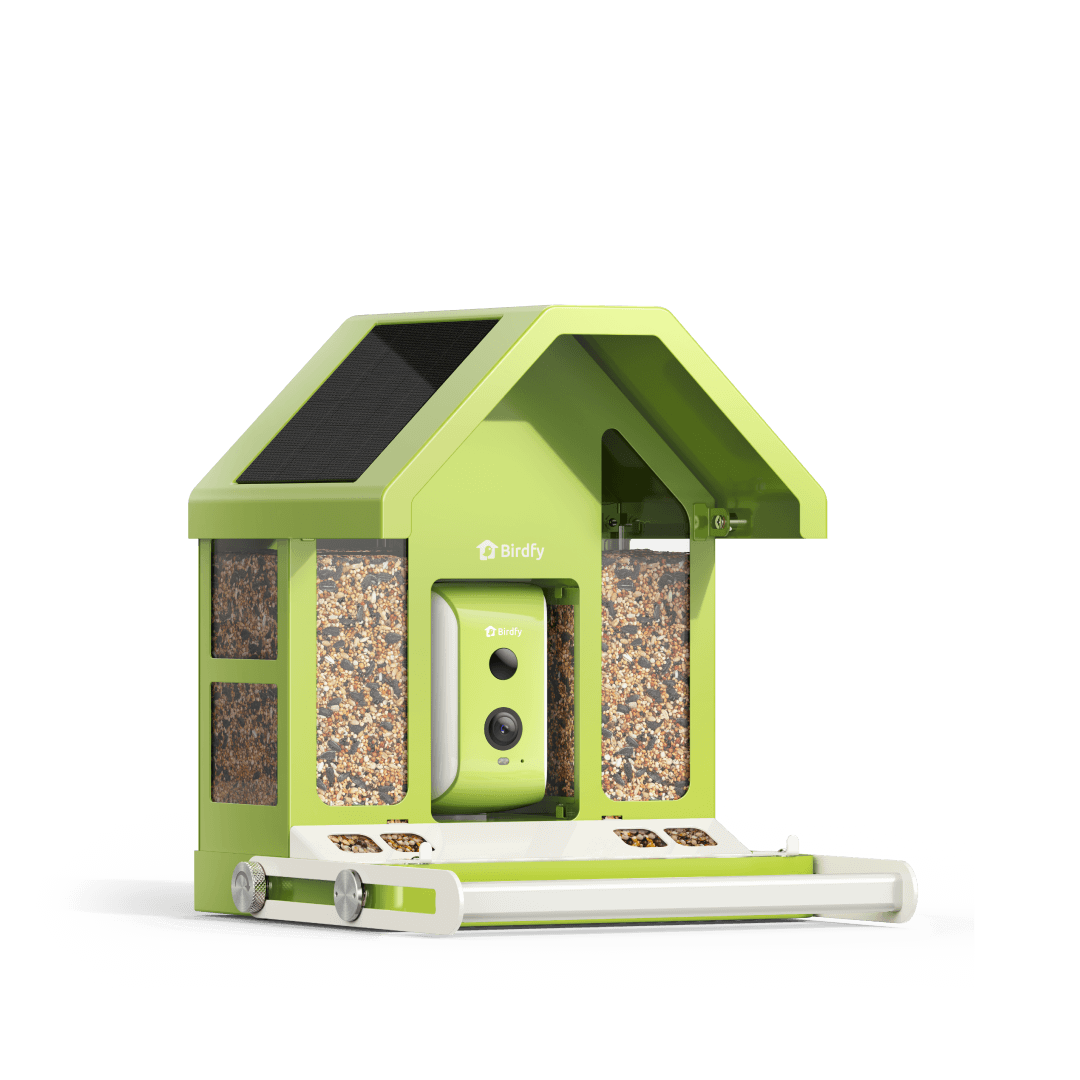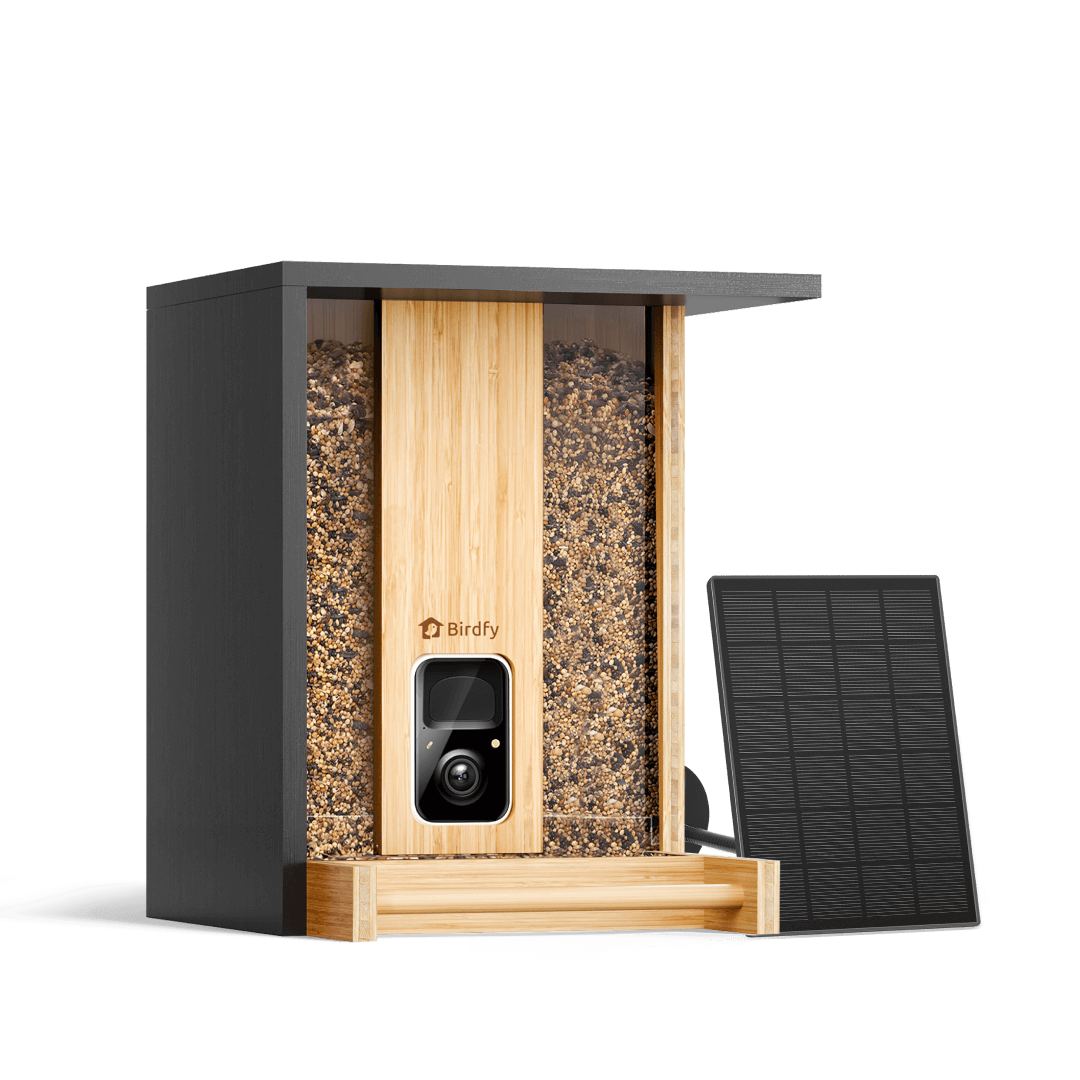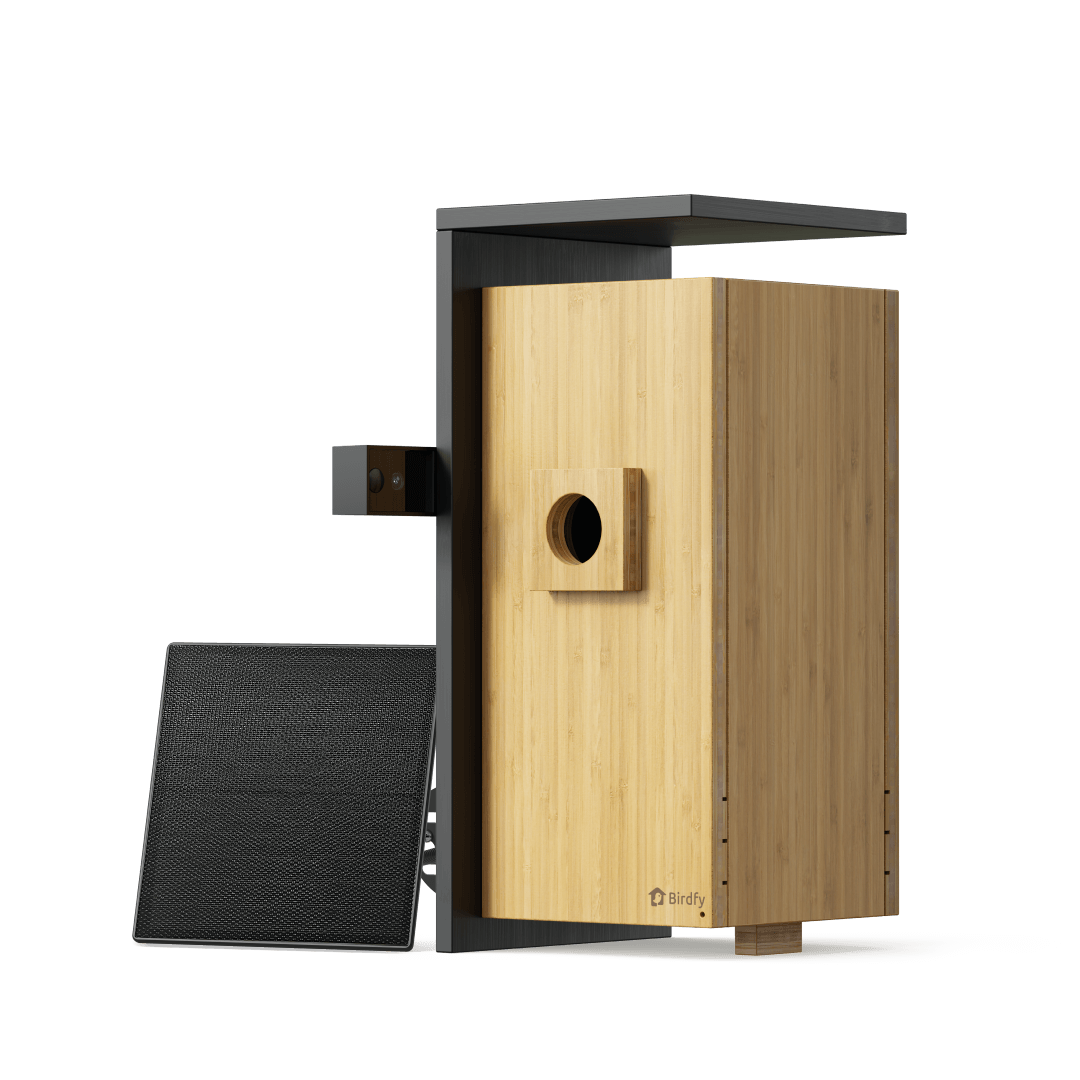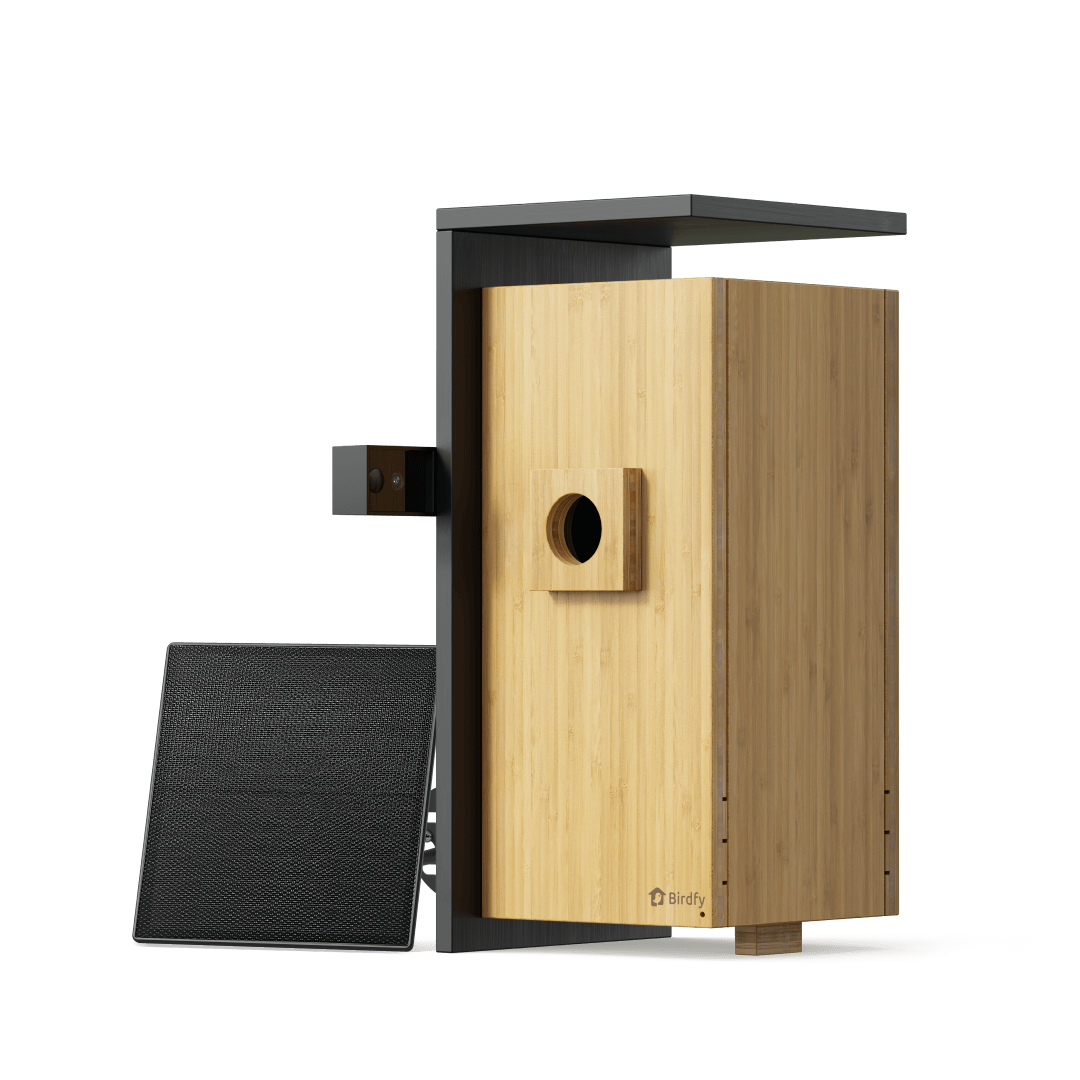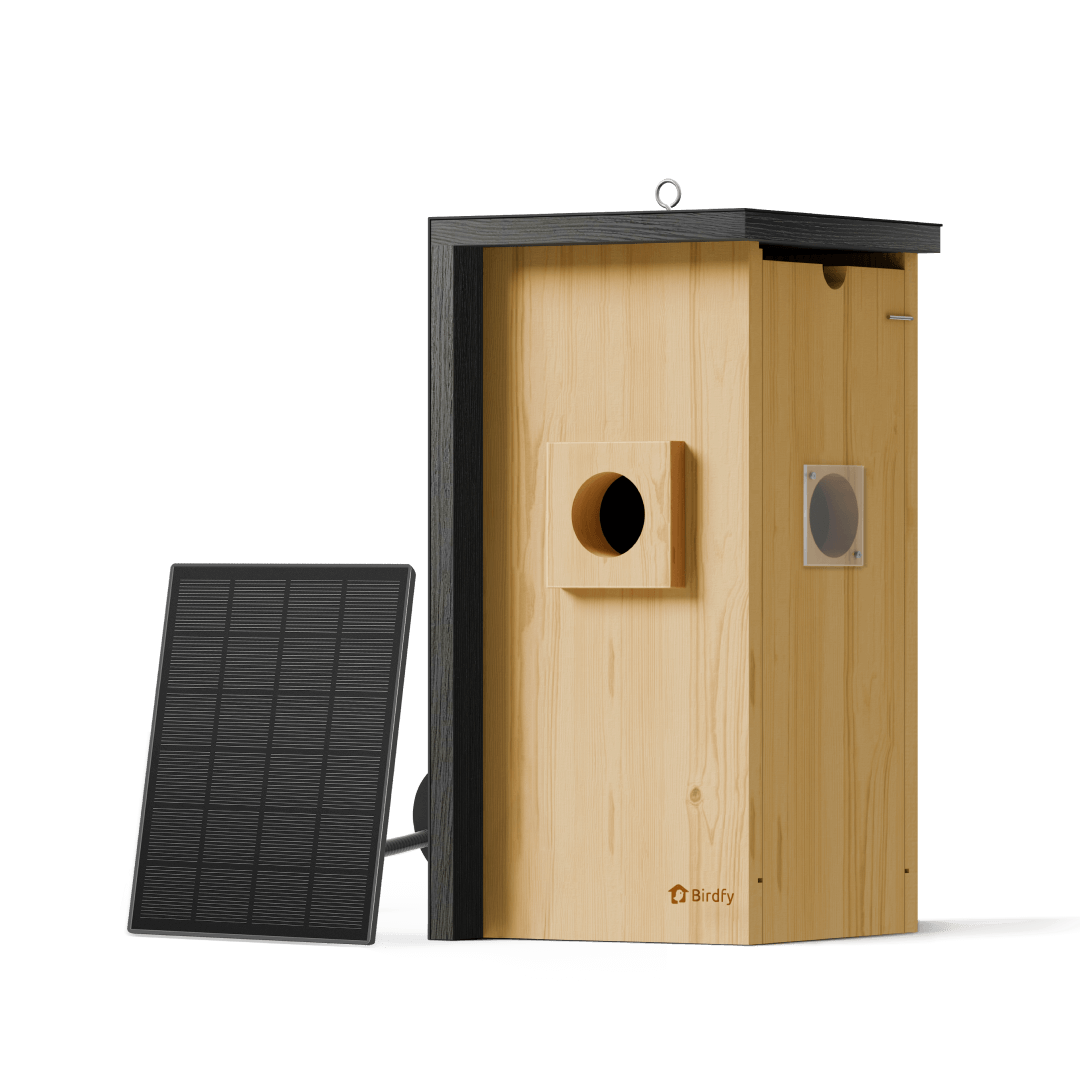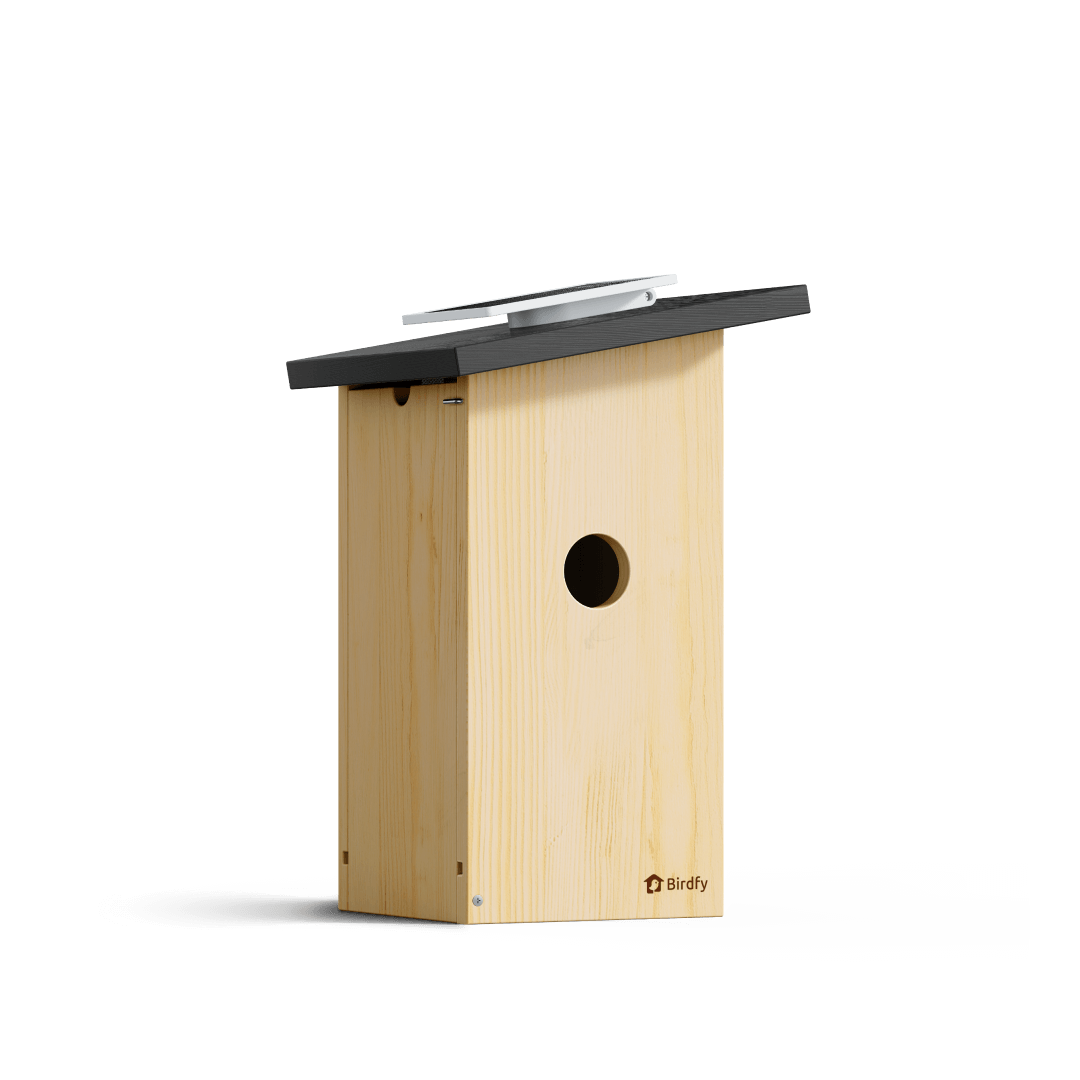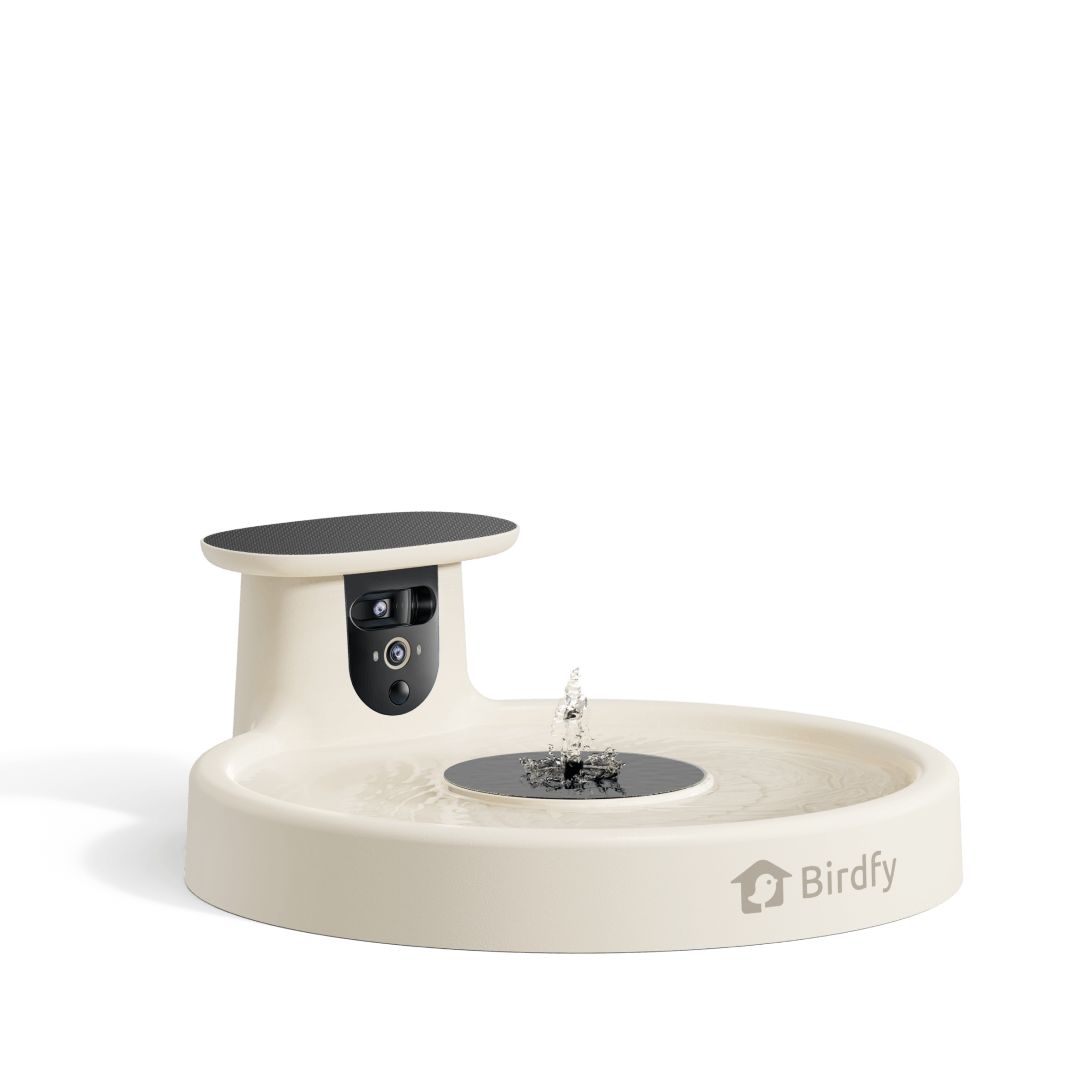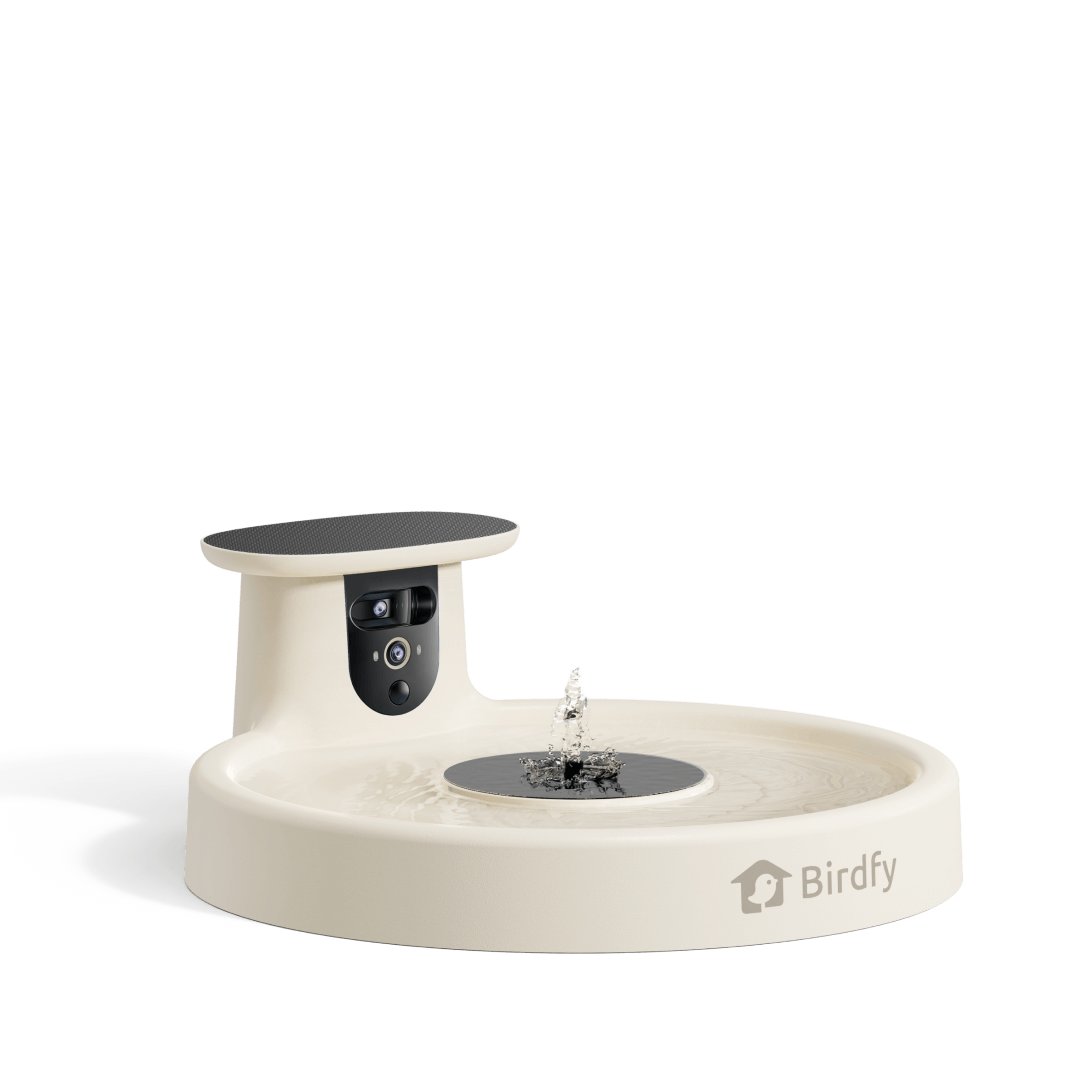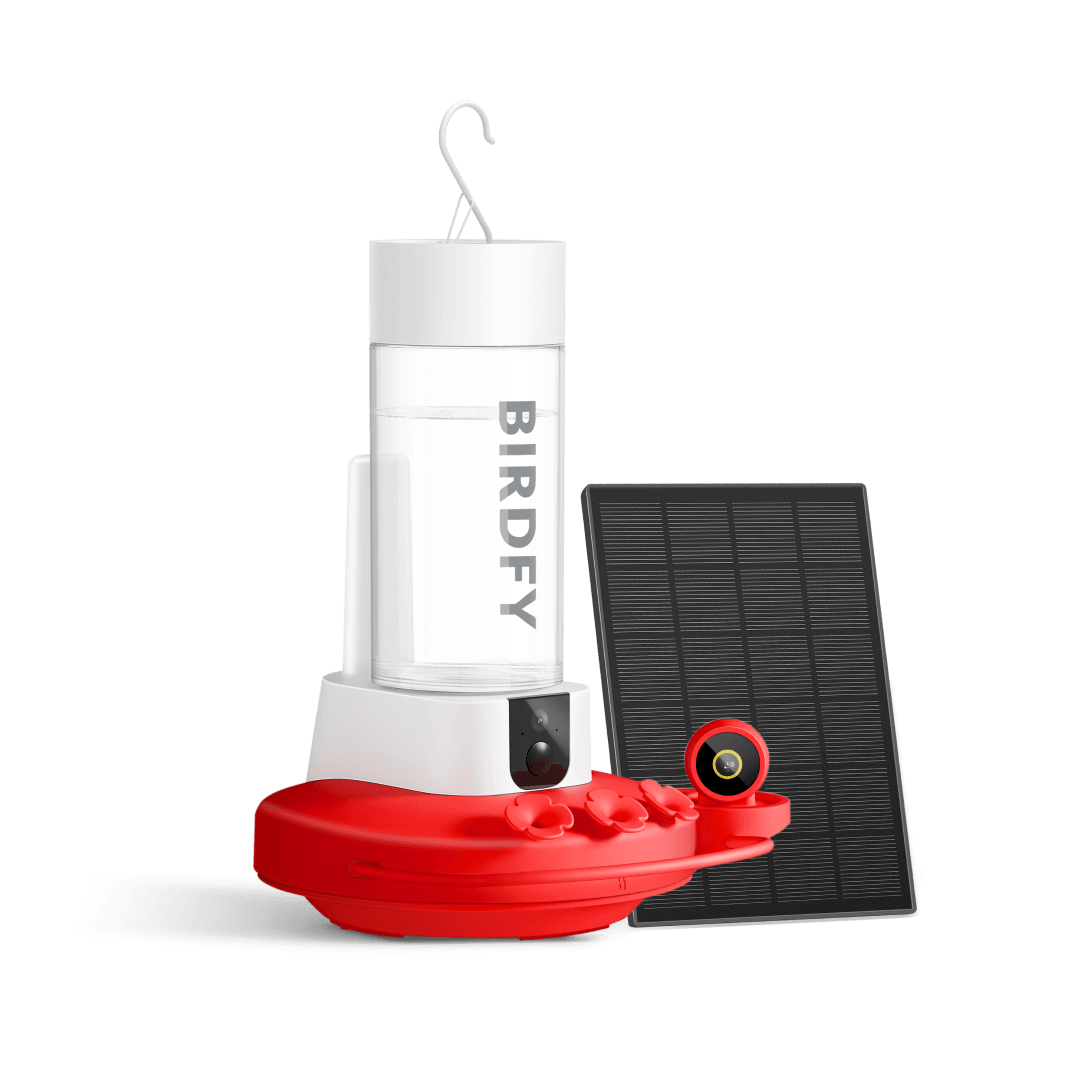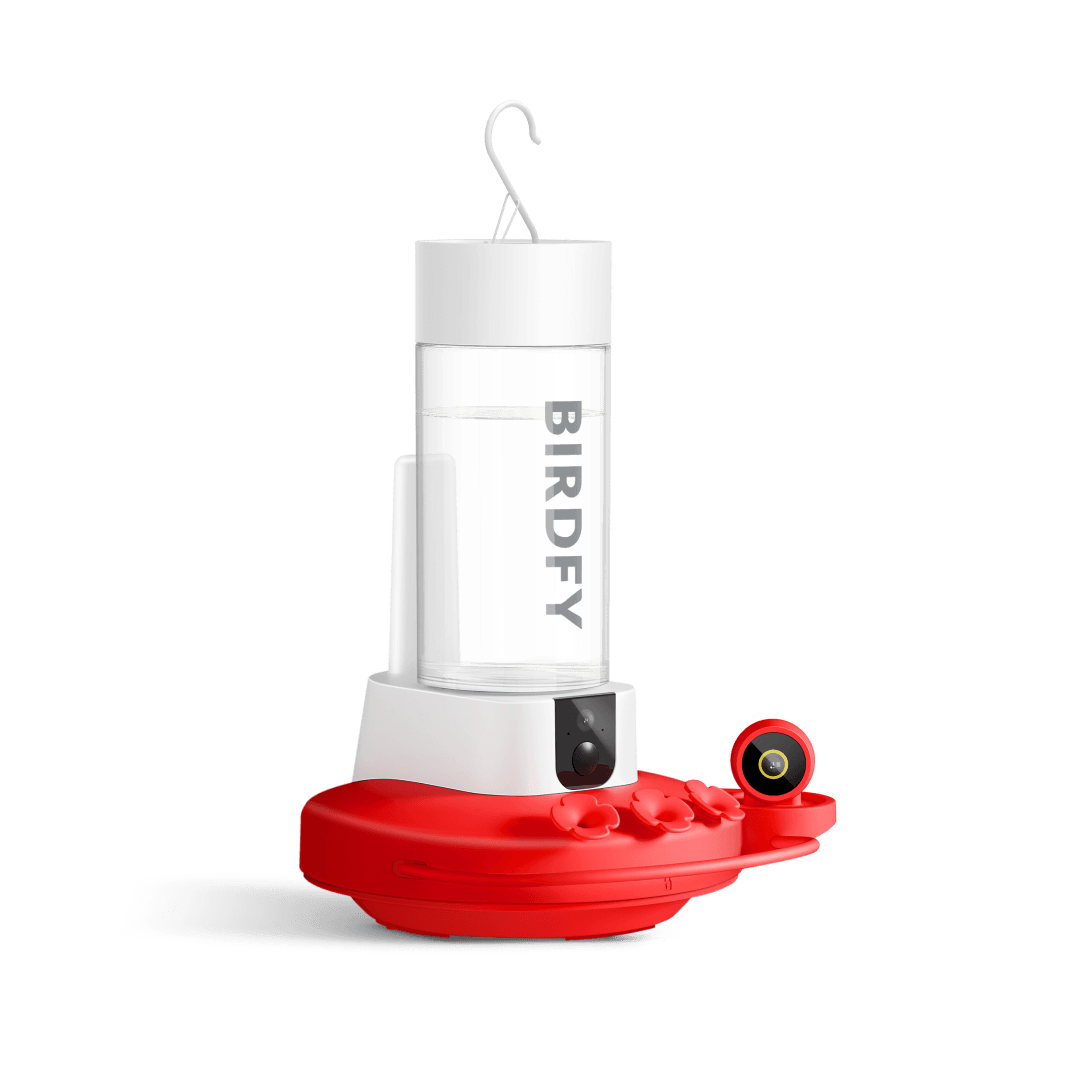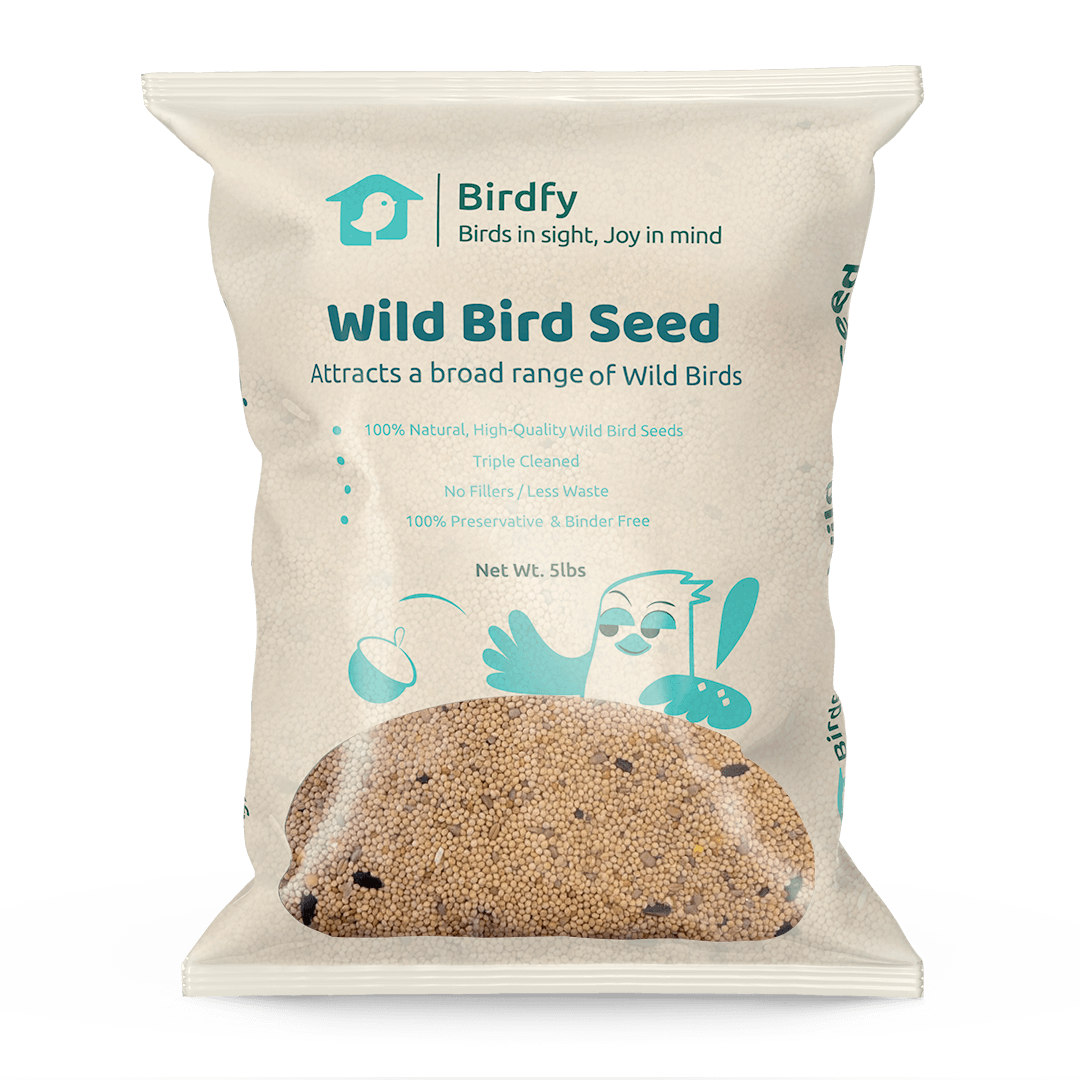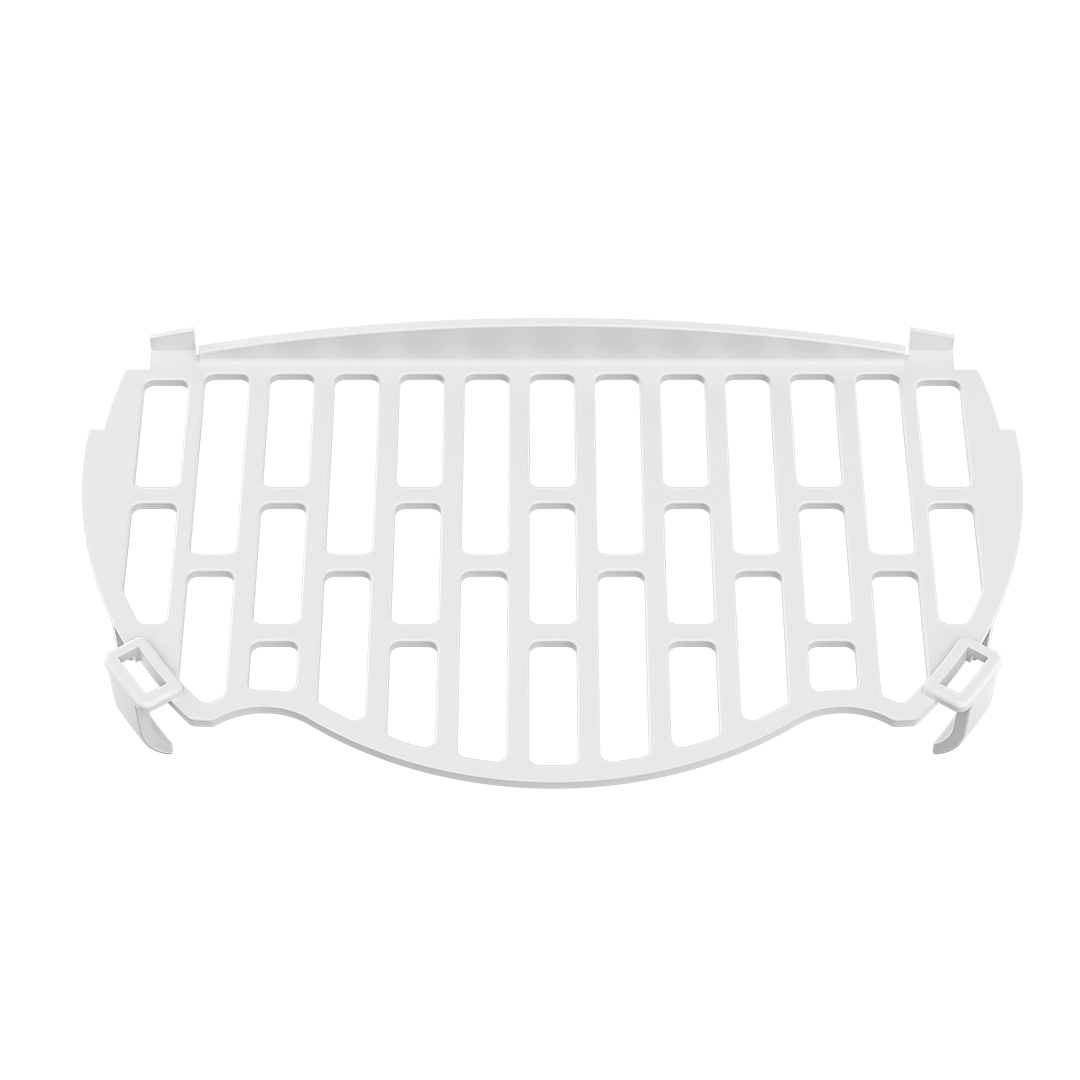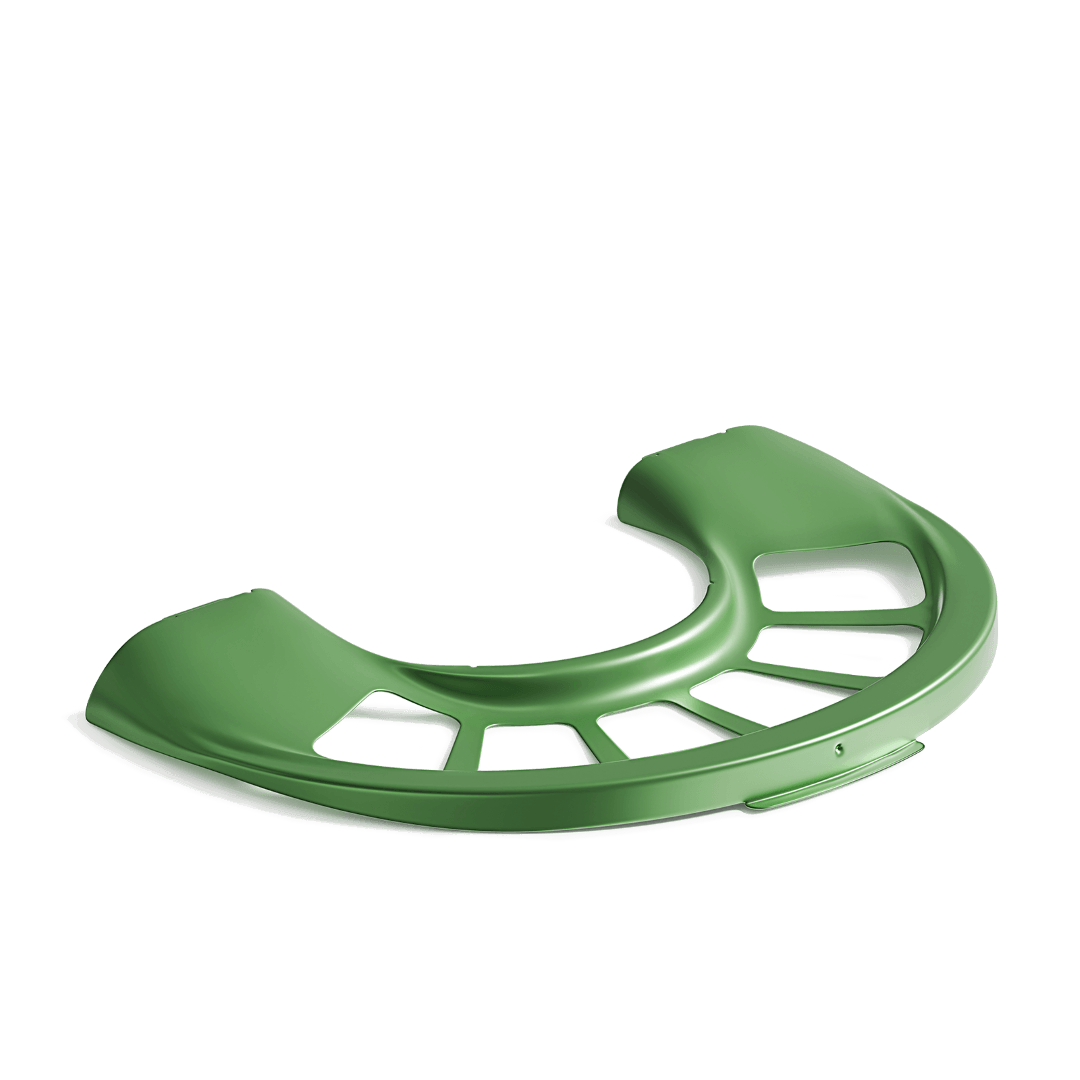North Carolina is home to a wide variety of bird species, each with their own unique characteristics and behaviors. From the iconic Bald Eagle soaring over coastal waters to the tiny Ruby-throated Hummingbird flitting through garden flowers, North Carolina offers birdwatchers plenty of opportunities to observe and appreciate the beauty of nature. Read this blog for an in-depth look at some of the fascinating birds that call North Carolina home.
Featured Bird Species
1. Northern Cardinal
The Northern Cardinal is a widely known and beloved bird found throughout much of North America, including North Carolina. Adult male Northern Cardinals are easily recognized by their bright red plumage, black mask around the eyes, and distinctive crest on the top of the head. Females are predominantly light brown with a reddish tinge on the wings, tail, and crest, and both males and females have stout, tapered bills. Northern cardinals are medium-sized songbirds, measuring about 8 to 9 inches (20 to 23 cm) in length. Their wingspan is about 10 to 12 inches (25 to 30 cm).
Northern cardinals are adaptable birds that inhabit a variety of habitats including woodlands, forests, gardens, shrublands, and urban areas. They are often found in dense vegetation and brush. They are primarily grain eaters, which means they feed primarily on seeds, grains and fruits. They also eat insects, especially during the breeding season when they need more protein to feed their young.

2. Carolina Chickadee
The Carolina chickadee is a small songbird native to the southeastern United States, including North Carolina, with a body length of about 4.5 to 5.25 inches (11 to 13 cm) and a wingspan of about 6.5 to 8 inches (16 to 20 cm). They have rounded bodies, short wings, and short tails. There is a black cap and bib, white cheeks and off-white underparts, and a combination of gray and brown on the back with a short, stout black bill.
Carolina chickadees usually inhabit a variety of heavily wooded areas, including forests, woodlands, parks, and wooded suburban areas. They prefer to forage and nest in areas with lots of trees and shrubs. Carolina Chickadees are primarily insectivorous, feeding on a variety of insects, eggs and larvae, especially during the breeding season. They also eat seeds and berries, especially during the fall and winter months when insects are scarce. Carolina chickens usually breed in pairs, digging their nests in tree cavities or nesting holes. Females lay 5 to 8 eggs, which are incubated for about 12 to 13 days. Both parents participate in feeding and caring for the chicks until they fledge, usually about 12 to 16 days after hatching.

3. Wood Thrush
The wood thrush is a medium-sized songbird native to North America, including parts of North Carolina. They are a medium-sized bird with a plump body, rounded head, long legs, and an olive-brown upperparts and white underparts with distinctive black spots that extend to the throat and breast. They have distinctive white eye rings and pink legs with a slightly curved, yellowish bill. Wood thrushes are about 7 to 8 inches (18 to 20 cm) in length and have a wingspan of about 11 to 12 inches (28 to 30 cm).
Wood thrushes inhabit mixed deciduous forests with dense underbrush, where they can forage for insects and nest. They prefer moist woodlands near streams or wet areas. They can also be found in suburban wooded areas and parks. They are primarily insectivorous, feeding on a variety of insects, spiders and other invertebrates on the forest floor. They are usually solitary birds, finding food on the forest floor by hopping and scratching fallen leaves.

4. American Oystercatcher
The American Oystercatcher is a unique shorebird native to the coastal areas of North and South America, including parts of North Carolina. American oystercatchers are large, strikingly patterned shorebirds with bright orange bills that they use to pry open mollusks such as oysters and clams. Their plumage is black and white, with the upper body, wings and crown black and the lower body and head white. Their legs are pink and their eyes have bright yellow irises. American oystercatchers are about 17 to 21 inches (43 to 53 cm) long and have a wingspan of about 32 to 35 inches (81 to 89 cm).
American oystercatchers typically inhabit coastal beaches, mudflats, marshes, and rocky shorelines. They prefer open habitats near water where they can forage for shellfish and other prey, feeding primarily on bivalve mollusks such as oysters, clams, and mussels. They use their long, sturdy bills to probe and pry open the shells of their prey. In addition, they are social birds, often gathering in small flocks, especially during the non-breeding season.

5. Brown-headed Nuthatch
The brown-headed titmouse (Sitta pusilla) is a small songbird native to the southeastern United States, including North Carolina, with a short tail and beak, a compact body, and a distinctive brown head. They have blue-gray upperparts and white underparts, a black stripe over the eyes, and a short, stubby, slightly upturned bill. Brown-headed yellow finches are about 3.9 to 4.7 inches (10 to 12 cm) long and have a wingspan of about 7.1 to 7.9 inches (18 to 20 cm).
Brown-headed yellow finches usually live in pine forests and pine savannas, foraging for insects and spiders in pine trees. They prefer mature pine forests with an open canopy and plenty of pine cones for food and nesting sites. Brown-headed yellowlegs are primarily insectivorous, feeding on a variety of insects, eggs, and spiders in pine trees. They are known for their unique foraging behavior, which includes probing into bark crevices and prying open pine cone scales with their beaks to obtain seeds and insects. They are agile climbers, often traveling headfirst down tree trunks and branches in search of food. In addition, they are highly social birds, often traveling in small families or mixed-species flocks with other brown-headed yellowlegs, chicks, and woodpeckers.
6. Cerulean Warbler
The Cerulean Warbler is a small neotropical migratory bird known for its striking appearance and elusiveness. Adult male Cerulean Warblers have a bright blue upperparts, a white belly, and a black-striped white breast band. They have distinctive white wing bars and a sharp, thin bill. Females and immatures are duller in appearance, with a less intense blue color and a less pronounced breast band.The Cerulean Warbler is a small bird, with a body length of about 4.3 to 4.7 inches (11 to 12 centimeters) and a wingspan of about 7.5 to 8.7 inches (19 to 22 centimeters).
Cerulean Warbler breed in mature deciduous forests, especially in areas with tall trees, canopy gaps, and dense understory vegetation. They prefer waterside habitats such as riparian forests, but can also be found in upland forests. During migration and winter, they inhabit a variety of forested habitats in Central and South America. They are insectivorous birds, feeding primarily on insects and other invertebrates in the forest canopy and understory. Insects are picked up from leaves and branches for food and occasionally caught in mid-air during short flights.
7. Golden-winged Warbler
The golden-winged warbler is a small songbird known for its striking appearance and buzzing song. Adult male golden-winged warblers are named for the striking yellow patches on their wings and crown. They have a gray upperparts with black markings, a white belly, and a black throat and face. Females and immature birds have duller plumage and less distinctive wing markings.
Golden-winged Warblers breed in early successional habitats such as scrub, young forests, and regenerating clearings. They prefer open areas mixed with dense shrubs or young trees. During migration and winter, they inhabit a variety of forested habitats in Central and South America. Golden-winged Warblers are insectivorous birds that feed primarily on insects and other invertebrates in the leaves of shrubs and trees. They forage for insects by picking them up from leaves and branches, and occasionally catch them in mid-air during short flights. They often forage on the bottom and lower branches of shrubs and young trees.
What kind of bird has a black head in North Carolina?
Red-winged blackbird
The
Red-winged Blackbird is a common and widely distributed bird throughout North America. Adult male red-winged blackbirds have distinctive glossy black plumage and bright red and yellow shoulder patches, or scapulars, which they puff out during courtship or territorial displays. Females are smaller and predominantly brown with striped underparts. Red-winged blackbirds are medium-sized birds, with males measuring about 7 to 9 inches (18 to 23 centimeters) in length and females slightly smaller.
Red-winged blackbirds inhabit a variety of wetlands, including marshes, swamps, and the edges of lakes, ponds, and streams. They are also common in agricultural fields, meadows, and roadside ditches. They are omnivorous birds, feeding on a variety of foods including seeds, grains, insects, spiders, and small aquatic organisms. Red-winged Blackbirds are highly social birds and you can often see them in flocks, especially during the non-breeding season.
What is a small brown bird with a long beak in North Carolina?
Brown Thrasher
The Brown Thrasher is a medium-sized songbird native to North America, known for its melodious song and striking appearance. They are a large, long-tailed songbird with a reddish-brown upperparts with stripes and dark brown markings. They have a white belly with distinctive stripes on the sides and chest, bright yellow eyes, and a long, curved bill. Brown Thrashers are about 9 to 11 inches (23 to 28 cm) long and have a wingspan of about 11 to 12 inches (28 to 30 cm).
Brown Thrushes usually live in dense brush, woodland edges, scrub, and overgrown fields. They prefer habitats with ample cover and vegetation for foraging and nesting. They feed on a variety of insects, spiders, berries, fruits, seeds, and nuts, using their long beaks to probe into the leaf litter and soil in search of insects and other prey.

What is the smallest bird in North Carolina?
Ruby-throated Hummingbird
The ruby-throated
hummingbird is a small, colorful bird with a petite body size The ruby-throated hummingbird is about 3 to 3.5 inches (7.6 to 8.9 cm) in length and has a wingspan of about 3.1 to 4.3 inches (7.9 to 10.9 cm). They are known for their colorful plumage and extraordinary flight abilities. Adult male Ruby-throated Hummingbirds have colorful green feathers on the upper body and a bright red throat, which gives them their name. Females and juveniles do not have bright red throats and have duller overall plumage with white tips on the outside of the tail feathers.
Ruby-throated Hummingbirds are highly agile fliers, capable of hovering, flying backwards, and even upside down. They beat their wings rapidly and make a distinctive buzzing sound. They are also known for their territorial behavior, especially around foraging areas.
Ruby-throated hummingbirds have a variety of habitats, including forests, woodlands, meadows, gardens and parks. They especially like places where nectar and insects are abundant. Ruby-throated hummingbirds are nectar-feeding birds, feeding primarily on flower nectar. They have specialized beaks and extendable tongues that are adapted to extract nectar from flowers. They also prey on small insects and spiders for protein, which they catch in mid-air or pick up from vegetation.
What is the largest bird in North Carolina?
Bald Eagle
The largest bird commonly found in North Carolina is the Bald Eagle (Haliaeetus leucocephalus). The Bald Eagle is a majestic raptor and the national bird and symbol of the United States. Adult Bald Eagles have a distinctive white head and tail that contrasts with their dark brown bodies. Their beak and feet are yellow and their eyes are a piercing yellow. Juvenile Bald Eagles have predominantly brown feathers with a mottled white underparts and a dark beak. Bald eagles are large birds, with females larger than males, usually ranging from 28 to 40 inches (71 to 102 cm) in length and with a wingspan of 6 to 7.5 feet (1.8 to 2.3 m). Adult females can weigh up to 14 pounds (6.3 kg), while males are slightly lighter, averaging about 10 pounds (4.5 kg).
Bald eagles inhabit areas near large open waters, including lakes, rivers, marshes, and coastal areas. They need to nest in tall trees or cliffs and rely on nearby open water to hunt for fish, which is their main food source. Bald eagles feed primarily on fish, and they also eat a variety of other prey, including waterfowl, small mammals, and carrion. They are opportunistic hunters and scavengers, often stealing or scavenging carcasses from other birds. In addition, Bald Eagles are strong fliers, capable of soaring long distances and reaching speeds of up to 40 miles per hour (64 kilometers per hour). They use their keen eyesight to spot prey from great distances and use their sharp talons to capture and hold it.
Whether you're exploring the coastal marshes, hiking in the mountains, or just enjoying the flowers in your own backyard garden, North Carolina provides a rich habitat for birds to thrive. Each species plays an important role in North Carolina's ecosystem. Let's catch a glimpse of them in nature!
















